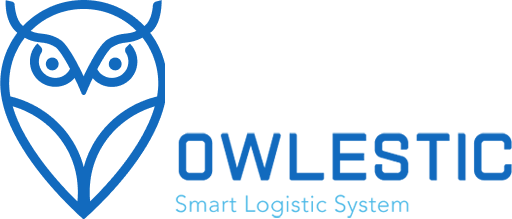Advanced Models in Export Fleet Management: From Traditional to Modern Approaches
26 Dec 2024Export fleet management is a cornerstone of success in international trade. With the rapid advancements in technology and dynamic global markets, fleet management models have undergone significant changes. This article delves into advanced models in export fleet management, comparing them with traditional methods and introducing Owlestic Fleet Management Software as an efficient tool in this domain.
1. Traditional Models in Export Fleet Management
Traditional fleet management relies primarily on analyzing historical data and practical experience. In these models, fleet managers use manual methods to handle scheduling and costs. Key characteristics of traditional models include:
- Lack of accurate, real-time data:
Information is often outdated, leading to potential errors in decision-making.
- Basic analytical tools:
Traditional methods involve elementary analytical tools that lack predictive capabilities.
- Manual scheduling:
Transportation planning is done manually, increasing the chances of delays and additional expenses.
2. Advanced Models in Export Fleet Management
The advent of modern technologies has given rise to new fleet management models with enhanced features:
2.1. Integration of ICT (Information and Communication Technology)
Modern models leverage ICT to gather and analyze real-time data, including location, traffic conditions, and cargo status, enabling better decision-making.
2.2. Big Data Analysis
Advanced systems utilize big data to predict and manage fleet performance. This enables managers to identify traffic patterns, market demands, and fleet strengths and weaknesses.
2.3. Use of GPS and IoT Systems
The implementation of GPS tracking and Internet of Things (IoT) allows continuous monitoring of cargo and vehicle status, reducing costs and enhancing safety.
3. Challenges and Opportunities in Export Fleet Management
Export fleet management faces unique challenges, such as:
- High costs: The installation and maintenance of modern technologies may be burdensome for small and medium-sized enterprises.
- Training requirements: Staff must be adequately trained to effectively use these systems.
Despite these challenges, modern technologies offer opportunities for cost reduction, improved efficiency, and enhanced performance.
4. Owlestic Fleet Management Software: A Game-Changing Solution
Owlestic Fleet Management Software stands out as a sophisticated tool for export fleet management. By analyzing data and generating insightful reports, Owlestic helps managers optimize routes and reduce costs. Its real-time updates and automated alerts enable prompt problem-solving and the efficient use of transport routes.
Learn more about compliance strategies with predictive maintenance and how efficient fleet operations benefit both the environment and profitability.
Conclusion
Export fleet management is pivotal to business success. As fleet management models evolve, companies must embrace modern technologies to stay competitive. Tools like Owlestic Fleet Management Software enhance efficiency, cut costs, and provide businesses with a competitive edge. Adapting to change and leveraging advanced technologies is essential for achieving sustainable success in the export sector.
Need more insights into improving fleet performance? Contact our experts or check out our pricing plans to find the best solution for your business.
